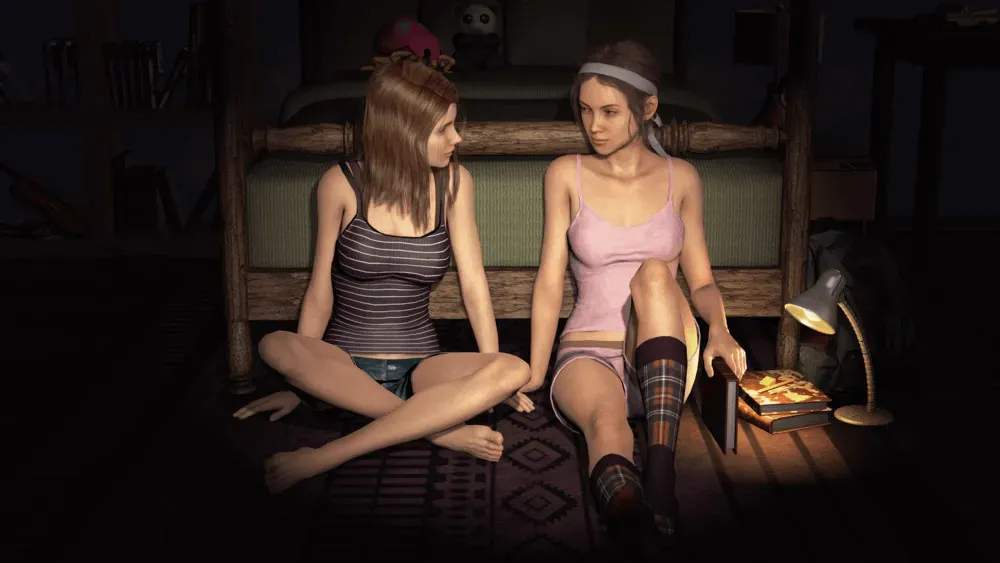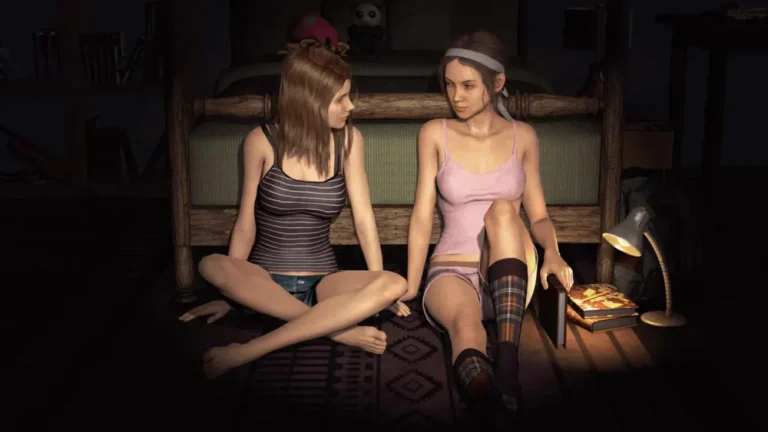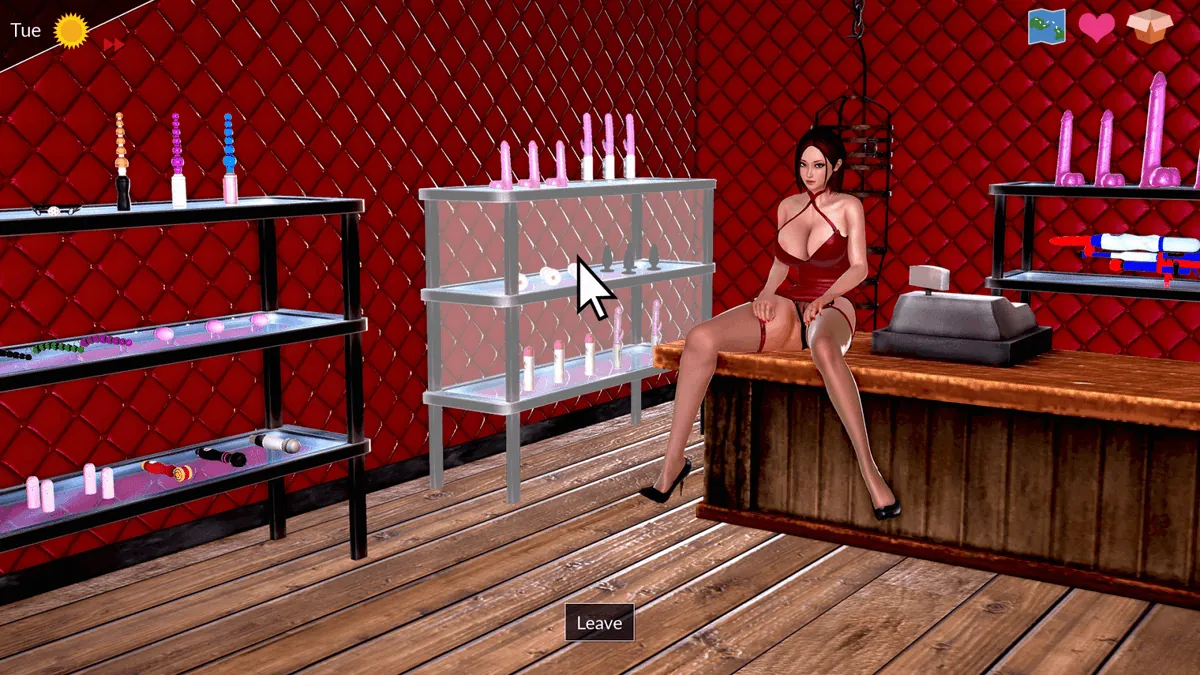
Short Sad Stories
Play Short Sad Stories
Short Sad Stories review
A Deep Dive into the Unique Experience of the Short Sad Stories Game
Short Sad Stories is a distinctive interactive experience that blends storytelling with evocative emotional themes. This game invites players into a world where narrative depth and personal reflection converge, offering a unique journey through poignant tales. In this article, we explore the game’s core elements, its storytelling approach, and why it resonates deeply with its audience. Whether you’re curious about the gameplay mechanics or the emotional layers, this guide will provide a comprehensive overview of Short Sad Stories.
Understanding the Emotional Core of Short Sad Stories
Let’s be honest—most games are about winning, leveling up, or blowing things up. 🎯 But what if a game asked something quieter, yet far more profound, of you? What if its goal wasn’t to test your reflexes, but to touch your heart? ❤️ That’s the unique space the Short Sad Stories game occupies. It’s an emotional storytelling game that trades power fantasies for poignant, reflective moments, and it does so with a bravery rarely seen in interactive media.
I remember the first time I played it. I was expecting something small, maybe a five-minute diversion. An hour later, I was just sitting there, staring at the screen, completely still. It wasn’t that I was sad; it was that I felt deeply understood. This game doesn’t just tell you a story; it makes you feel like you’ve lived a piece of it. That’s its magic.
### What Makes Short Sad Stories Unique?
So, what sets this experience apart from other narrative games? 🤔 It’s the intentional focus on brevity and potency. The Short Sad Stories game is built on the idea that a powerful emotional impact doesn’t require a 50-hour campaign. Some of the most heartbreaking and beautiful moments in life are fleeting, and this game captures that essence perfectly.
Unlike grand RPGs where tragedy is one thread in a vast tapestry, here, the entire experience is woven from that single, emotional thread. The story-driven gameplay is minimalist by design. You aren’t managing an inventory or solving complex puzzles. Instead, your interactions are simple, deliberate, and deeply symbolic—like choosing which personal item to pack away or deciding to read an old letter. These small actions carry immense weight, making you an active participant in the narrative’s emotional arc, not just a spectator.
This approach creates a form of interactive sad stories that feels incredibly personal. The game holds a mirror up to universal human experiences—regret, memory, love, and loss—and asks you to look closely. It’s this raw, unfiltered focus that makes it a standout emotional engagement game.
### Themes and Narrative Style in the Game
The game narrative themes in Short Sad Stories are not for the faint of heart, but they are for anyone who has ever been human. The game explores the delicate fabric of our lives, focusing on:
- Loss and Absence: Many stories revolve around what is missing—a person, a relationship, a past version of oneself. The game brilliantly makes you feel the shape of that absence.
- Reflection and Memory: You often sift through the remnants of a life, piecing together what happened through old photos, journal entries, and voice recordings. It’s a quiet archaeological dig into emotion.
- Personal Struggle and Resilience: The sadness here is rarely without a glimmer of hope. It’s about the quiet strength it takes to simply keep going, to face another day after something profound has happened.
The narrative style is fragmented and poetic. It doesn’t hand you a plot on a silver platter. You have to connect the dots yourself, which makes the emotional revelations feel earned and personal. It’s a masterclass in emotional storytelling game design, showing rather than telling. The writing is sparse, often letting a single, perfectly chosen sentence hit with the force of a paragraph.
| Common Theme | How It’s Expressed | Player’s Role |
|---|---|---|
| Letting Go | Through symbolic actions like releasing a balloon or closing a door. | To physically perform the act of release, making it emotionally tangible. |
| Unspoken Words | Discovering unsent letters or unheard voice messages. | To be the unintended recipient, feeling the weight of what was left unsaid. |
| Fading Memories | Images or text that become blurry or corrupted over time. | To desperately try to hold onto details that are slipping away. |
### How the Game Engages Players Emotionally
The genius of the Short Sad Stories game is how its mechanics are inseparable from its emotional goals. This isn’t a story with gameplay tacked on; the gameplay is the storytelling. 🎮✨ It fosters incredible empathy in games by making your actions meaningful on an emotional level, not just a strategic one.
For example, you might be given a simple choice: “Save the photograph or leave it.” In a different game, this might be about inventory space. Here, it’s a question of what you’re willing to carry forward emotionally. Do you preserve the memory, even if it’s painful, or do you let it go to lighten your load? There are no “right” answers, only honest ones, and the game respects your choice without judgment. This is the core of its story-driven gameplay.
Pro Tip: Don’t rush. The emotional weight of the Short Sad Stories game is in the pauses. Sit with the silence after a revelation. Let the music and the imagery sink in. That’s where the real reflection happens.
The sound design and visuals work in concert to create a somber, intimate mood. A soft, melancholic piano piece 🎹 might underscore a moment of discovery, or complete silence might amplify the loneliness of a scene. Visually, a faded color palette and careful use of light and shadow make the world feel both real and dreamlike.
Example: A brief narrative example illustrating a poignant moment in the game
One story arc involves cleaning out a loved one’s attic. You click to open a cardboard box, and inside is a collection of seashells. A text bubble appears: “We collected these that summer. He said each one held the sound of the ocean, and if you listened closely, you could hear our laughter too.” The game then gives you a prompt: “Listen to the shell?”
If you click yes, the game doesn’t play a sound effect of the ocean. Instead, there’s a faint, distorted echo of children laughing, just for a second, before it fades into static and then silence. In that moment, you don’t just hear a sound—you feel the entire memory, its joy, and its painful distance. It’s a breathtakingly beautiful and heartbreaking example of interactive sad stories at their very best.
This is how the game builds a bridge to your own experiences. You might not have that exact memory, but you know what it’s like to have a relic from a happier time. You project your own losses, your own “what ifs,” and your own cherished moments onto the framework the game provides. It’s a collaborative emotional experience between you and the game, creating a powerful sense of connection and catharsis.
It’s this unique alchemy of simple interaction, profound themes, and artistic presentation that makes the Short Sad Stories game more than a game—it’s a quiet space for empathy, reflection, and ultimately, a deeper connection to the bittersweet beauty of being human. 🌊
Short Sad Stories offers a compelling blend of narrative depth and emotional engagement that sets it apart in the interactive storytelling genre. By weaving personal and reflective themes into its gameplay, it creates a memorable experience that resonates with players long after they finish. Whether you seek a game that challenges your emotions or one that tells meaningful stories, Short Sad Stories delivers on both fronts. Dive in and discover the power of storytelling through this unique game experience.









